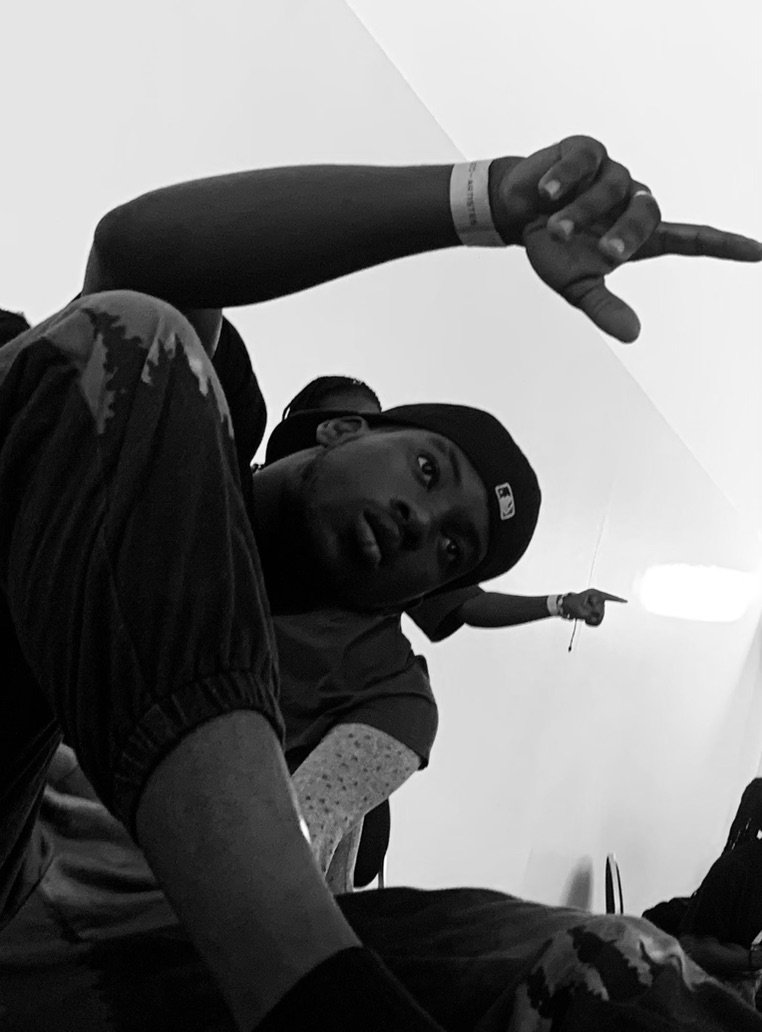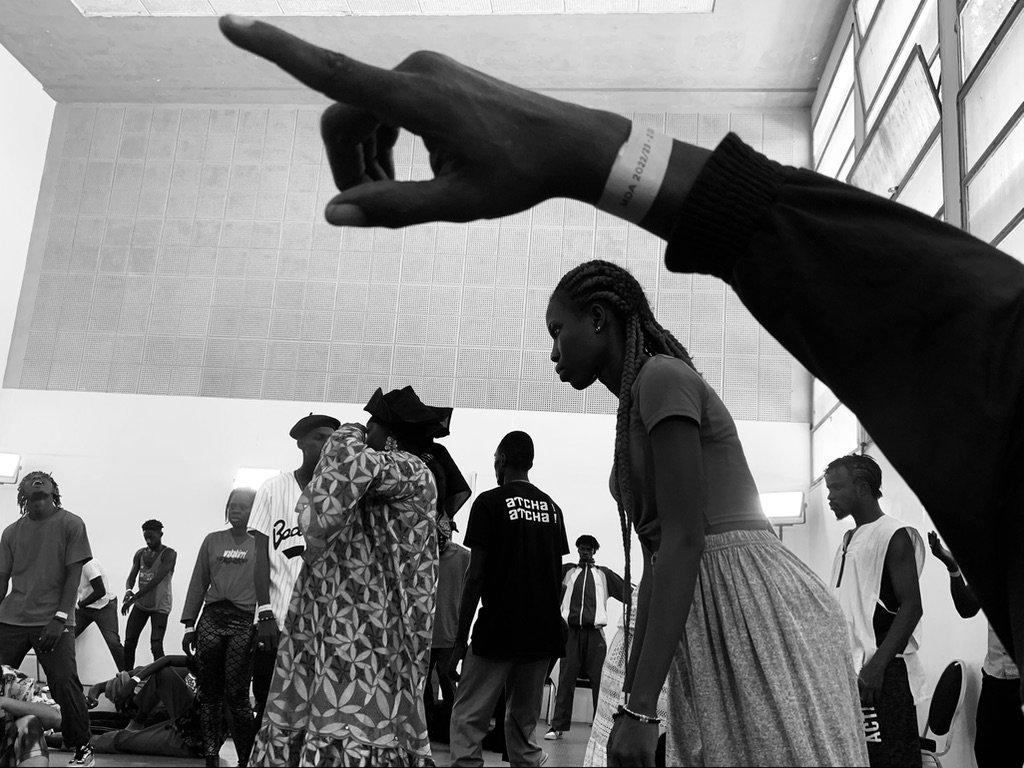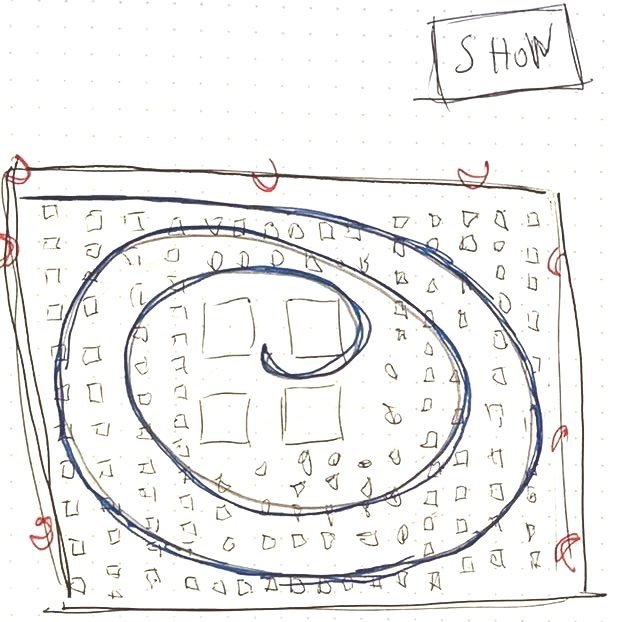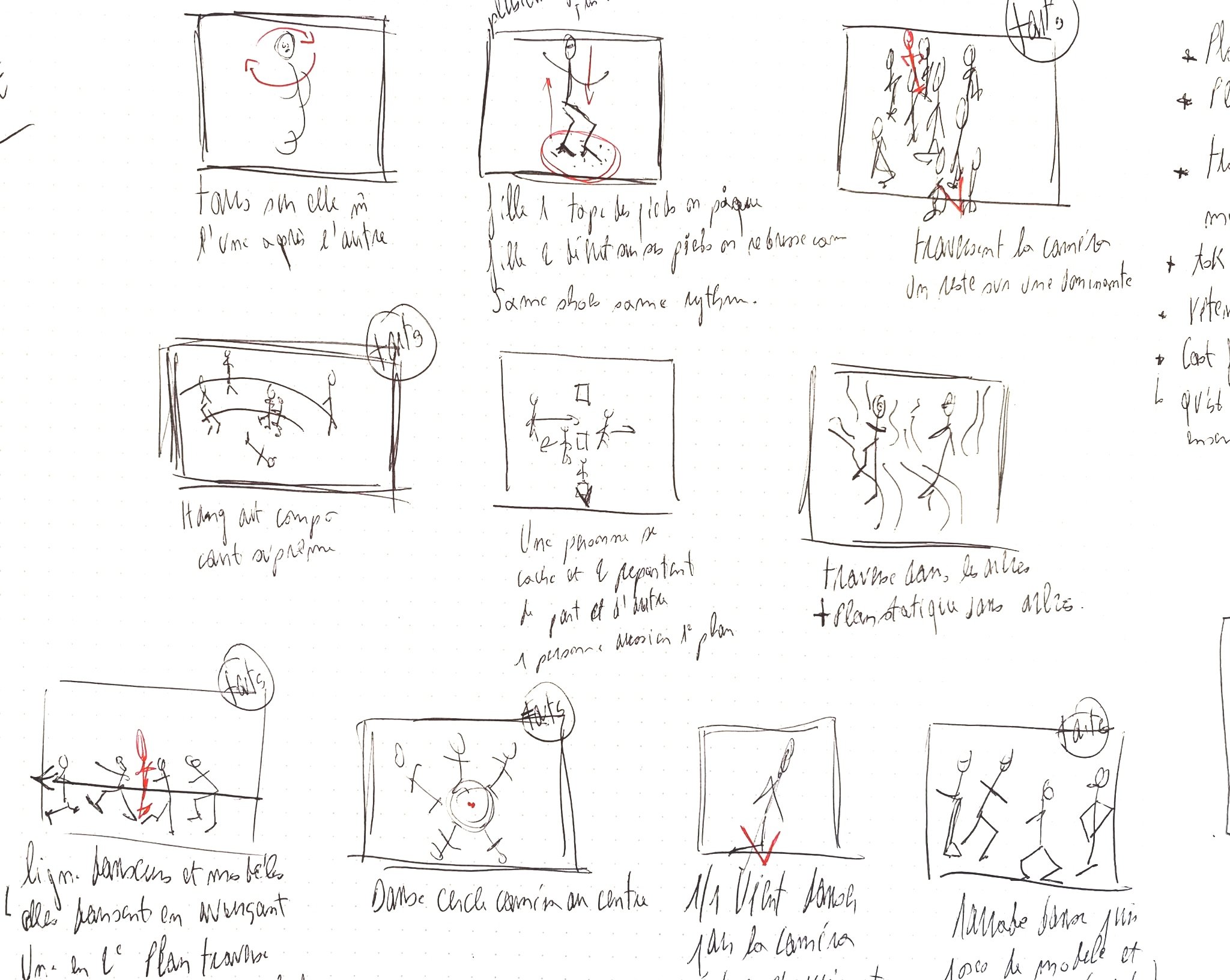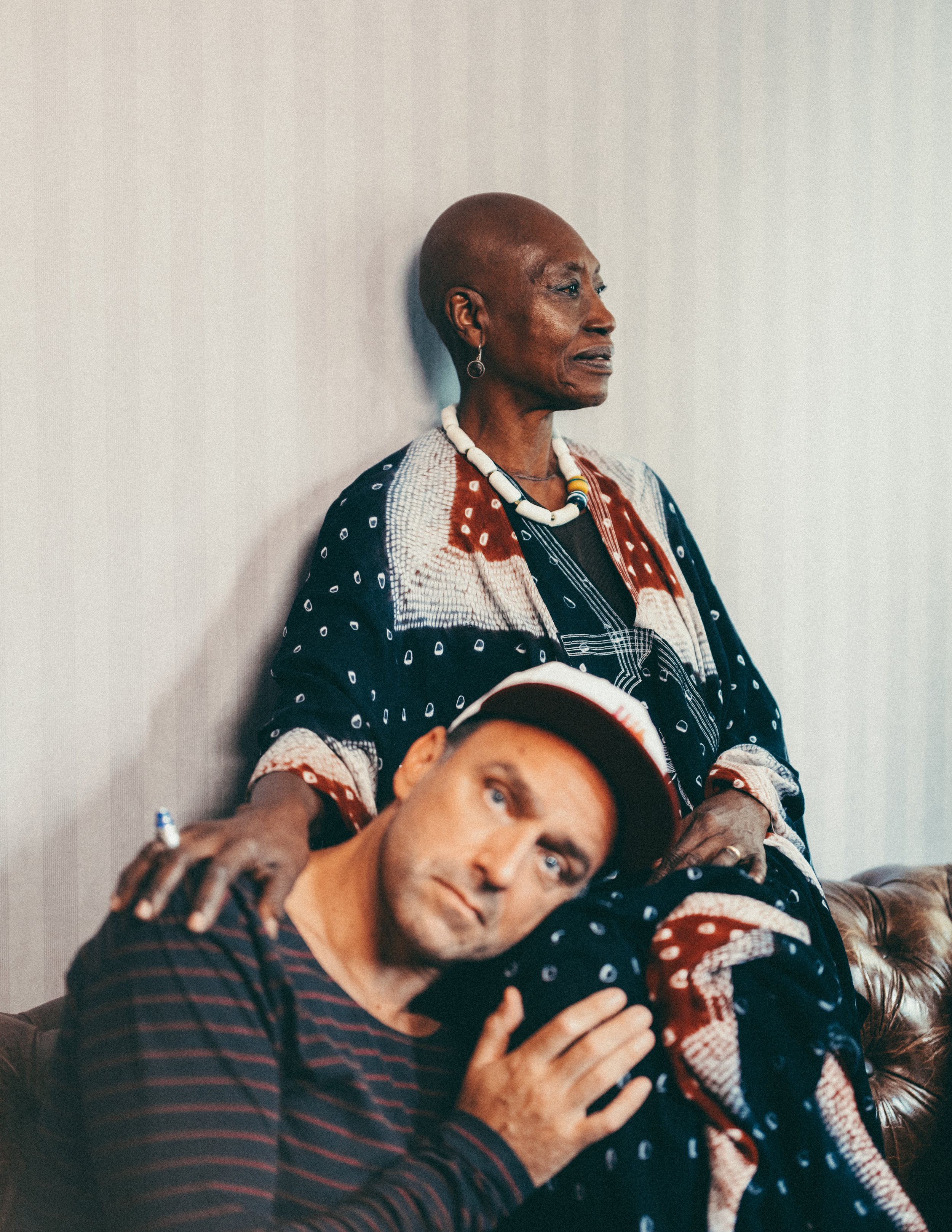
CHANEL:
2022/23 MÉTIERS D’ART
COLLECTION - DAKAR
In their first ever show in sub-saharan Africa, Chanel invited choreographer Dimitri Chamblas to take part in their Métiers d’art 2022/2023 show in Dakar. Together with Chamblas , they wanted their presence in Dakar as an opportunity to celebrate Senegalese artists and creators by curating live concerts, literary rendez-vous, dance performances, discussion forums, among other subjects around metiers d'arts. As guests arrived at the former Palais de Justice, they witnessed a performance of the collective dance project Slow Show, in collaboration with École des Sables.
Once inside the Palais, against the majestic backdrop of columns and sunlit inner gardens, singer Obree Daman and École des Sables dancers opened the show introduced by Chamblas’ choreographies.
Director & Choreographer
Dimitri Chamblas
Producer
Xavier Arias
Walter Films
Director of photography
André Chemetoff
excerpt from 31 RUE CAMBON Magazine
interview with dimitri chamblas & germaine acogny
To accompany the Métiers d’art 2022/23 collection in movement, Dimitri Chamblas traveled several times to Dakar where he worked with Ecole des Sables, founded in 1998 by Germaine Acogny, a French-Senegalese dancer and choreographer and a historical figure of contemporary dance in Africa.
These two personalities know each other, esteem each other and took the time to talk about their art:
dimitri, you just came back from the école des sables, where you were leading a dance workshop. you say you were struck by the fact that the dancers were moved by two things: pleasure and struggle.
DC: In general, in dance, pleasure, vindication and struggle-but one could also use other terms to designate what is expressed and springs from the body-are dissociated notions. In these dancers, in the way they enter into the movement of living their dancing, they are superimposed in one and the same body. At Ecole des Sables, you feel that it is the singularity of the individual that counts, that makes his strength, not his uniformity. And that really comes from a philosophy, a way of understanding things: the individual develops and the group is the sum of all these individualities.
GA: Exactly. and in the same space! There is a seed that is planted and that each one develops. It is not a uniformity, each one has to struggle to get there, without helping hands. Seeing the dancers develop is what gives me strength. My technique is based on the virtuosity of pleasure. You have to start by having fun. If you feel it, you give it to the other. Your body belongs to you, you can develop it, I give this freedom to the youth. This dialogue interests me. I founded this school twenty-three years ago and now I am letting young people fight to keep it going.
Both of you, in very different contexts, have chosen the body and dance. Despite the criticism, you have decided to use it in a way that is not expected.
DC: I grew up in the mountains and started dancing at the age of six. In a rural context, and even more widely in Europe, a little boy who dances is not a given. In spite of this context, without thinking about what using one's body - using it, trusting it - meant, I had a kind of intuition that dance could offer me a vehicle that would allow me to circulate in different spaces, in different worlds, to encounter different sociologies, demographics, people that would take me out of where I was. But the dance culture I received was not one of pleasure. It was rather that of entering into forms, into frameworks, entering into an image of what dance should be, namely something that is finally, I would not say closed, but in any case that takes on a form of rigidity. after the Paris Opera, I discovered, quite young, that dance could allow me to create my own movements, that I didn't need to work with pre-designed movements anymore, that each person has their own movements and that it is possible to express them, so I threw myself completely into it. This initial promise, to see dance as a way to travel, came true. I've worked in men's maximum security prisons as well as with fashion, universities, etc. Dance has allowed me to do all that, but with very different bodies and relationships to the body.
Chanel talks
WITH BRUNO PAVLOVSKY, GERMAINE ACOGNY, PHARRELL WILLIAMS
MAMY TALL, NIX & DIMITRI CHAMBLAS
On December 7, 2022, the day after the fashion show, a talk was held for an audience of local and international students. The discussions included House Ambassador Pharrell Williams, architect Mamy Tall, and some of the artists who collaborated with Virginie Viard on the artistic programming surrounding the fashion show: choreographers Dimitri Chamblas and Germaine Acogny, founder of the École des Sables, as well as musician and rapper NIX. Together, they discussed artistic creation in Senegal and the transmission of know-how. Joining in on the discussion, President of CHANEL SAS, Bruno Pavlovsky spoke about the importance of transmission, as well as the collaborative approach and the cultural programme that go beyond the fashion show.




